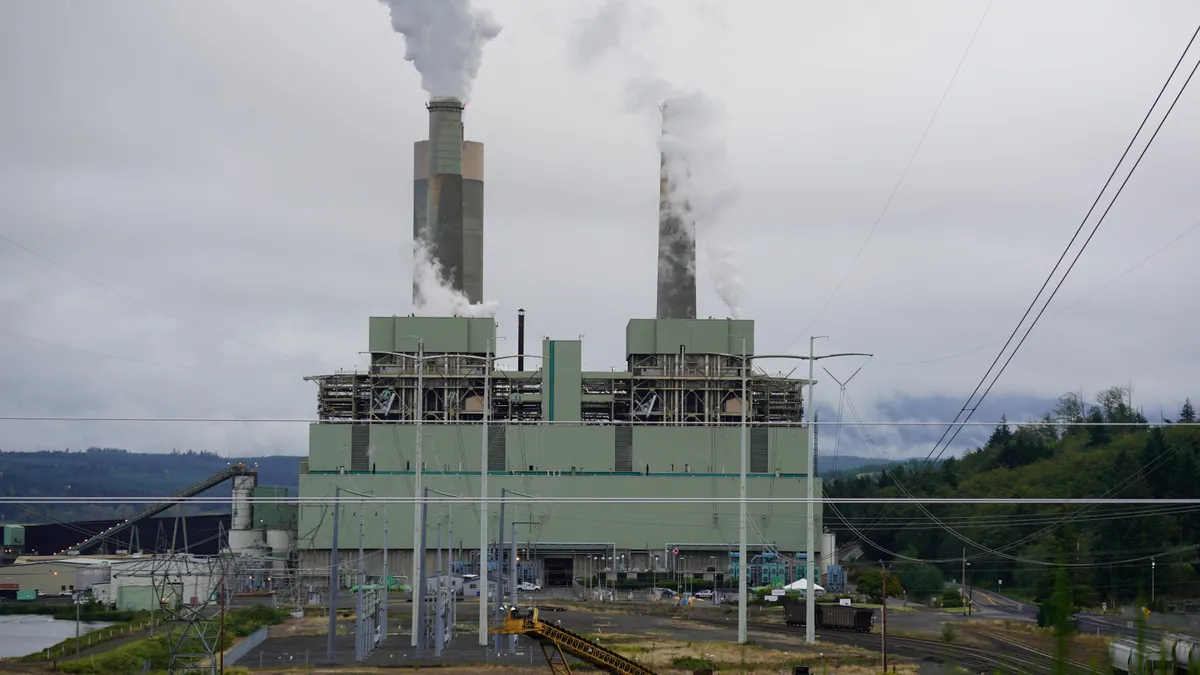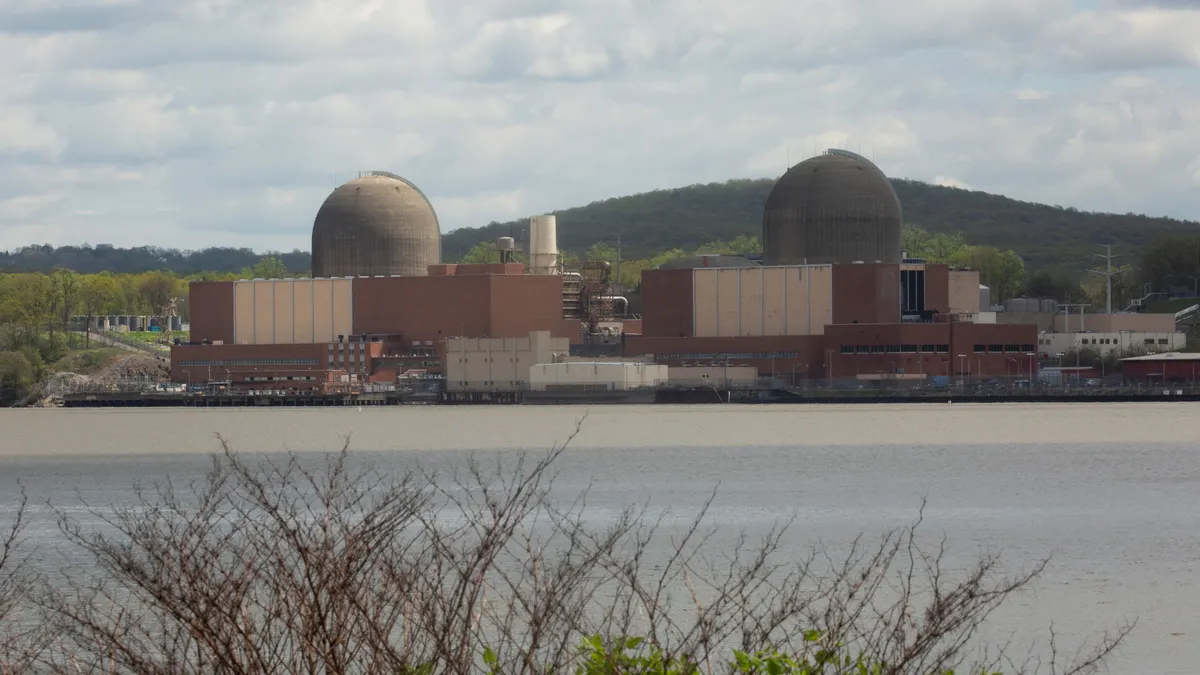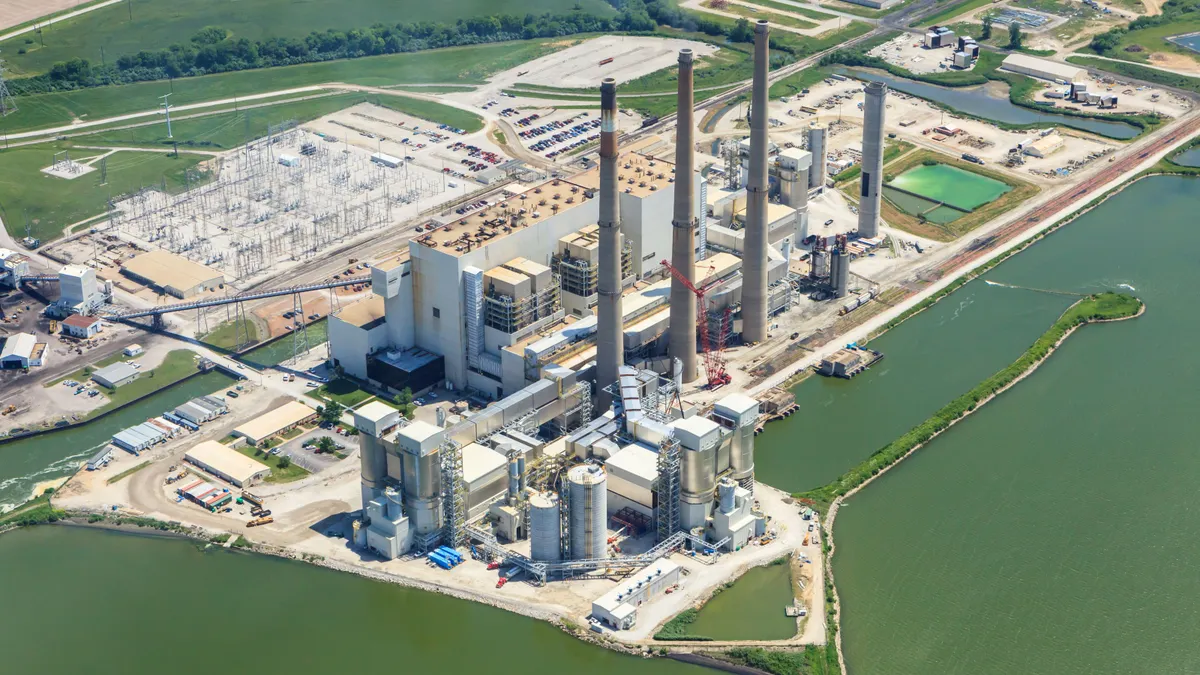At a May meeting of the board of directors of the Brownsville, Texas, Board of Public Works, the utility's director of finance Mike Perez made an announcement that was perhaps surprising in the middle of a pandemic.
"April was a good month," Perez said. Revenue was up, in part due to customers staying home and using more electricity. Accounts receivable were "in line" with the same period a year ago, indicating that customers were mostly able to pay their bills. "We are not seeing anything alarming so far," Perez said.
Publicly-owned utilities, compared to investor-owned utilities, tend to be smaller, and thus generally more vulnerable to major economic shocks. IOUs "can handle volatility better because they have a much bigger base of customers," Dennis Pidherny, managing director for U.S. public finance at Fitch Ratings, told Utility Dive.
But some public utilities are seeing little to no financial effects from the pandemic, and in some cases have actually been bringing in more net income in recent months due to higher residential load caused by stay-at-home orders, cheaper electricity available on the wholesale market or both.
"Sometimes it's better to be lucky than good,"

Abraham Gray
Finance Director, Municipal Utility of Hannibal, Missouri
For example, the municipal utility for the city of Hannibal, Missouri, projects that revenues will decline by about $1 million due to the pandemic, but that impact will be more than offset by a $1.8 million decrease in expenses, a significant saving for a utility that in the last fiscal year had just under $36 million in operating revenues and $2.5 million in operating income.
The utility can buy power on the wholesale market at prices down 25% from the level one year ago, according to figures presented on May 11 by Finance Director Abraham Gray to the utility's board. Earlier this year, a 25 MW capacity contract expired, giving the utility a chance to go out into the market and buy capacity that was 95% cheaper than the expired contract.
"Sometimes it's better to be lucky than good," Gray said.
However, while no worst-case scenarios have yet happened, and public power's overall financial profile remains strong, some individual utilities are feeling pressure, David Bodek, senior director at S&P Global Ratings and the leader of its public power and cooperative practice, told Utility Dive.
"In terms of derailing the financial performance of utilities, we haven't seen it," he said. But, "a utility showing strong metrics pre-COVID, may find that they are no longer able to sustain the metrics where they were historically."
Rate-setting autonomy
At the outset of 2020, financial analysts expected a mostly ordinary year for public power.
The ability of municipal and other publicly-owned utilities to set their own rates, combined with declining leverage and growing liquidity, added up to "strong" financial metrics and a stable outlook, Moody's Investors Service said in a December 2019 report. Even among the generally low-risk utility sector, public power utilities are typically seen as particularly safe investments.
But alarm bells started going off when it became clear that the COVID-19 pandemic posed unique risks for municipalities, and by extension, their utilities.
First, the economic fallout of the pandemic and shutdown drained some utilities' revenues due to reduced electricity use from lower economic activity and fewer customers being able to pay. Second, the severity of the loss of customer incomes has made it politically difficult for utilities to raise rates — a special concern for municipal utilities, which are owned by customers and controlled by democratically-elected officials.
"Historically, S&P Global Ratings has viewed these utilities as very stable and largely immune to pronounced effects from changing economic conditions," according to an April analysis from the ratings agency. "However, recent weeks have been anything but ordinary, calling into question the degree of credit support that the legal right to establish rates autonomously provides."
While investor-owned utilities are limited by the decisions made by state regulators, credit analysts view public power's ability to set rates without the need for the approval of another authority as a credit-positive advantage.
"I don't know if [raising rates is] something off the table, but it is not something our members want to do."

Desmarie Waterhouse
Vice President for Government Relations, American Public Power Association
"The ability [to raise rates] is not in question," Pidherny said. "There is nothing that prevents it from happening except for the entity saying they don't want to raise rates." Rather, the current economy has put the "willingness" to raise rates into question, he said, potentially closing off one avenue for a utility to deal with a strained budget.
"A fair number of customers are paying their bills. But maybe it is tight for them financially," according to Desmarie Waterhouse, vice president for government relations at the American Public Power Association (APPA). "The last thing we want to do is build more expense into it. I don't know if [raising rates is] something off the table, but it is not something our members want to do," she told Utility Dive.
The broader possibility of a municipal budget crunch may be another factor that saps resources for some public utilities.
Municipal utilities frequently make payments in lieu of taxes to their city governments, considered a form of dividend or transfer payment. As a result, these utilities are sometimes "seen as source of revenue for the city," Waterhouse said. It "remains to be seen" if utilities will face demands for higher transfer payments according to Pidherny.
Varying impacts
Just as the public health impacts of the virus have been unevenly distributed among different parts of the U.S. and the world, the financial repercussions on public power have been extremely varied — significantly differing based on factors like a utility's exposure to industries particularly harmed by the pandemic, weather, reliance on industrial versus residential customers, how the utility's finances stood before the pandemic, and more.
Just a few weeks before the Brownsville, Texas, meeting, another publicly-owned utility, the Imperial Irrigation District (IID), had a very different board meeting.
IID, which provides water and electricity for the Imperial Valley in the deserts of far southeastern California, is in financial circumstances that the president of the board, Norma Sierra Galindo, described as "dire."
"I want to ask the community to please understand that we are going to be under a tremendous amount of financial duress, primarily because we are not collecting on all of our power bills," Galindo said during the meeting.
"COVID-19 hasn't been kind to anyone, and certainly not to those areas suffering economically (like ours) before the pandemic."

Robert Schettler
Spokesperson, Imperial Irrigation District
Even utilities in areas where the local economy is heavily tied to industries most affected by the pandemic, such as tourism, are not necessarily expecting to lose significant revenue.
For example, the Kissimmee Utility Authority (KUA), which serves the city of Kissimmee, right next to Disney World, has "observed a decrease in electricity use per customer in certain commercial classes. However, KUA anticipates meeting budgeted electric sales for the fiscal year," KUA spokesperson Chris Gent told Utility Dive.
While electricity use from general service commercial customers and use from large commercial customers were down 10.5% and 3.2%, respectively, in April and May compared to the same period in 2019, KUA saw residential usage go up 12.5% in those months relative to last year.
Business as usual for some, not for others
KUA's experience is not necessarily typical. Public power utilities may lose $5 billion in revenues in 2020, APPA said in a letter sent to the House Energy and Commerce Committee June 16.
An overall reduction in electricity sold to customers is one of the drivers behind that estimate — APPA's May survey of its members found an increase in residential electric load by about 3%, but those gains were offset by a 10% decline in commercial and industrial load, leading to an overall drop on average, APPA reported.
IID is currently facing a $9.7 million negative cash flow, which its financial statements attribute to higher delinquencies from customer non-payments. Its operating income in 2019 was $24.7 million for energy and $40.6 million in total.
The steps the district's board is considering to try to stop the losses include deferring or canceling $6.5 million in capital expenditures, such as distribution line upgrades and transformer replacements, and shifting $1.7 million of that amount to operations and maintenance.
The population of Imperial County, which has the highest rates of COVID-19 in California, is particularly susceptible to economic shocks that can make it difficult for households to pay their utility bills. Imperial County has one of the lowest median incomes of any county in the state.
"COVID-19 hasn't been kind to anyone, and certainly not to those areas suffering economically (like ours) before the pandemic," IID spokesperson Robert Schettler told Utility Dive.
The district is focused on maintaining its low rates and is not considering any rate hikes at this time, Schettler said. But he noted that the situation facing IID could quickly change. The region has had a relatively mild spring, and the height of summer — when temperatures in the Imperial Valley can hit 115 degrees Fahrenheit — is on its way, leading to worries that customers will not be able to afford bills when they start soaring due to air conditioning use.
The "uncertainty of not knowing" remains one of the biggest concerns for public power utilities through the rest of 2020, according to Waterhouse. Even those that have hit their budgeted numbers so far, "will they see the impact two or three months down the line as people go without paychecks?"





















